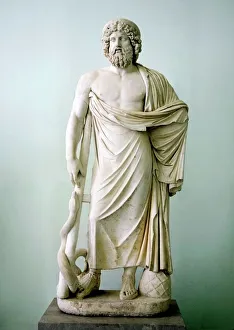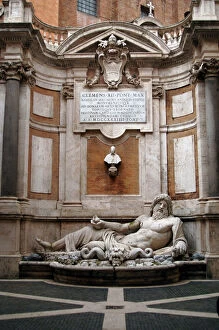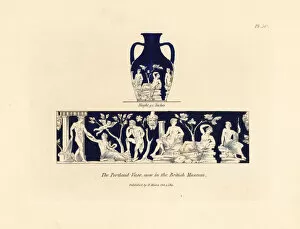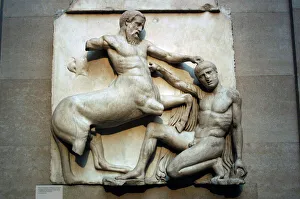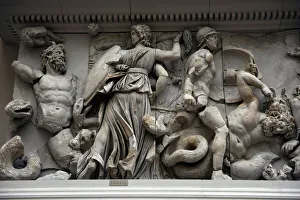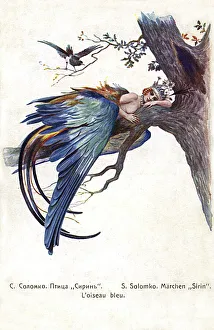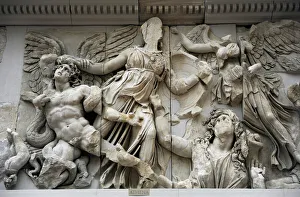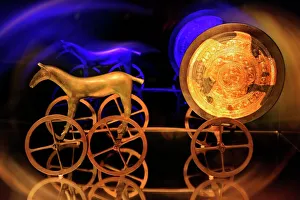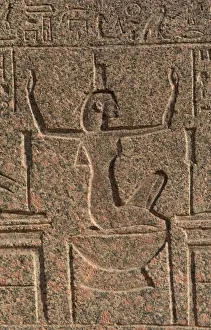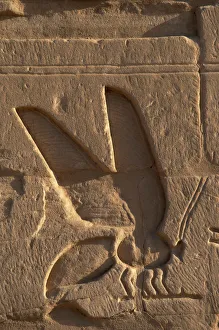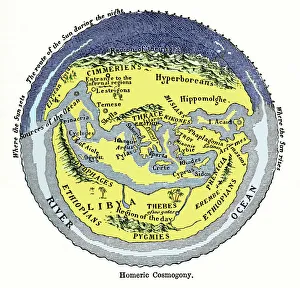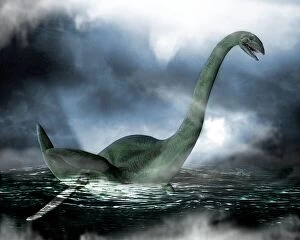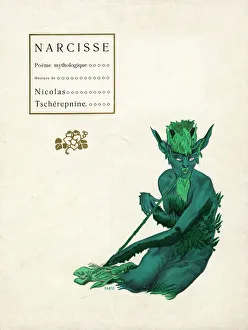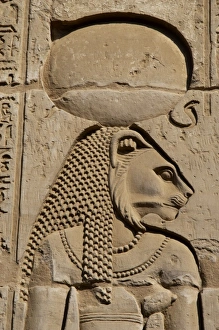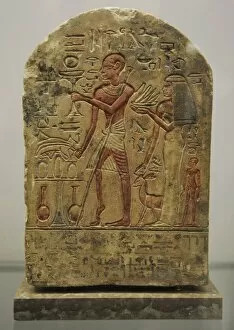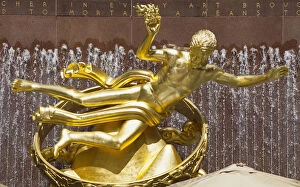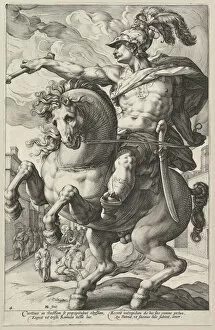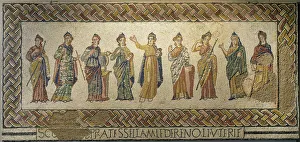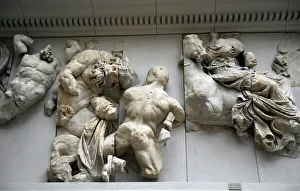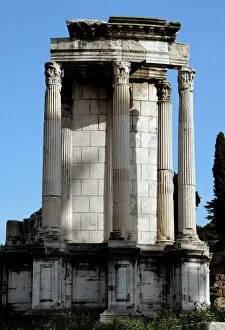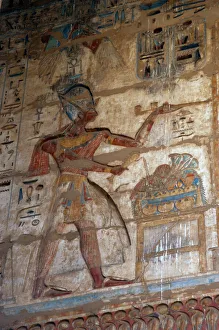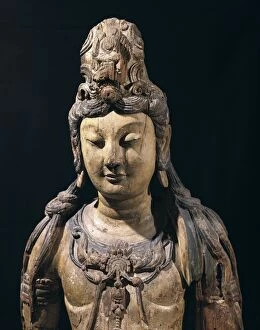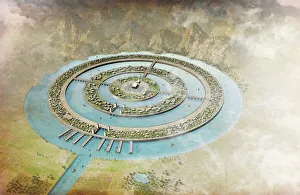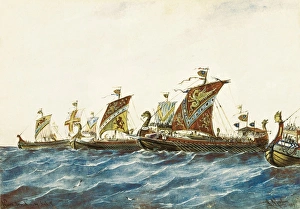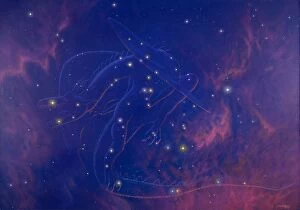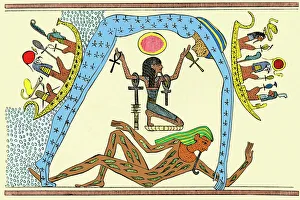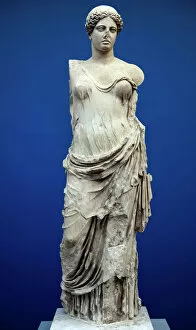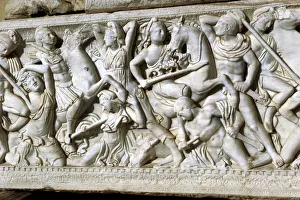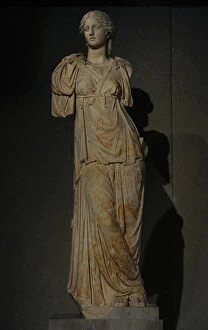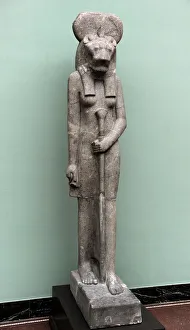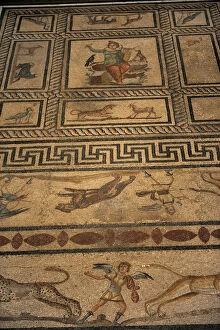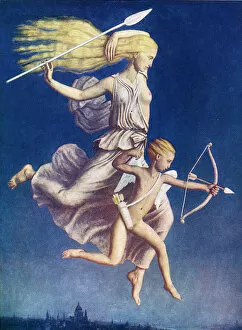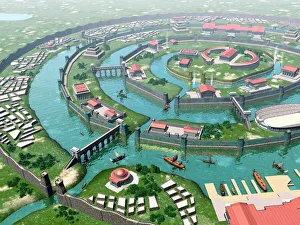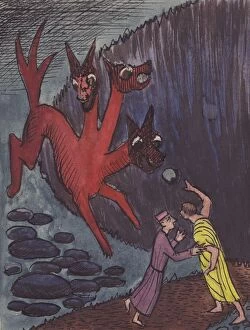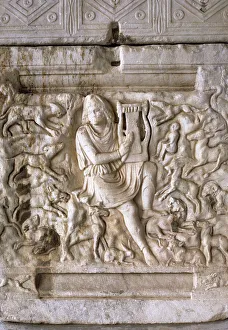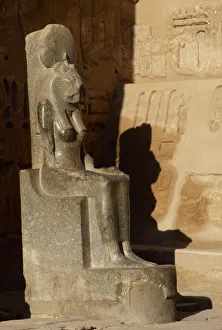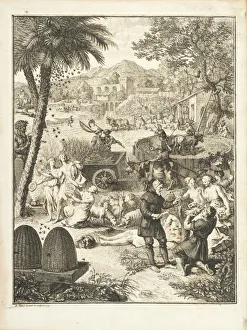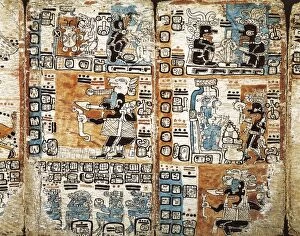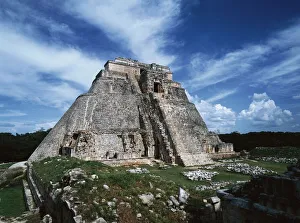Mythological Collection
"Unveiling the Mystical World: Exploring Mythological Wonders through Art" Step into a realm of enchantment as we journey through time and space
All Professionally Made to Order for Quick Shipping
"Unveiling the Mystical World: Exploring Mythological Wonders through Art" Step into a realm of enchantment as we journey through time and space, guided by 19th Century French engravings, Roman statues, and captivating artworks. Delve into the depths of mythology with each stroke of Sergey Solomko's brush on his mesmerizing piece, "Blue Bird (Bird Sirin), " where mythical creatures come alive. Marvel at the Parthenon marbles' metope depicting an epic battle between gods and mortals - a testament to ancient Greek legends etched in stone. The Portland vase in the British Museum whispers tales from another era, its delicate craftsmanship revealing stories lost to time. Witness Athena's fierce struggle against the giant Alcyoneus on the Pergamon Altar; their clash symbolizing eternal battles between good and evil. Behold the Trundholm Sun Chariot, a celestial chariot that carries us back to ancient Nordic beliefs and cosmic wonders. Egyptian deities emerge from reliefs like Nephthys, goddess of protection and mourning, her presence offering solace amidst chaos. A bee carved onto stone reminds us of Lower Egypt's symbolic power while Homeric cosmogony unveils creation myths passed down through generations. Intriguingly mysterious is Loch Ness monster artwork that fuels our imagination with tales of hidden beasts lurking beneath tranquil waters. Nikolai Tcherepnin's cover design for Narcisse entices us further into mythological realms yet unexplored. Embark on this visual odyssey where art intertwines with mythology; let your senses be captivated by these timeless masterpieces that transcend mere mortal existence.



